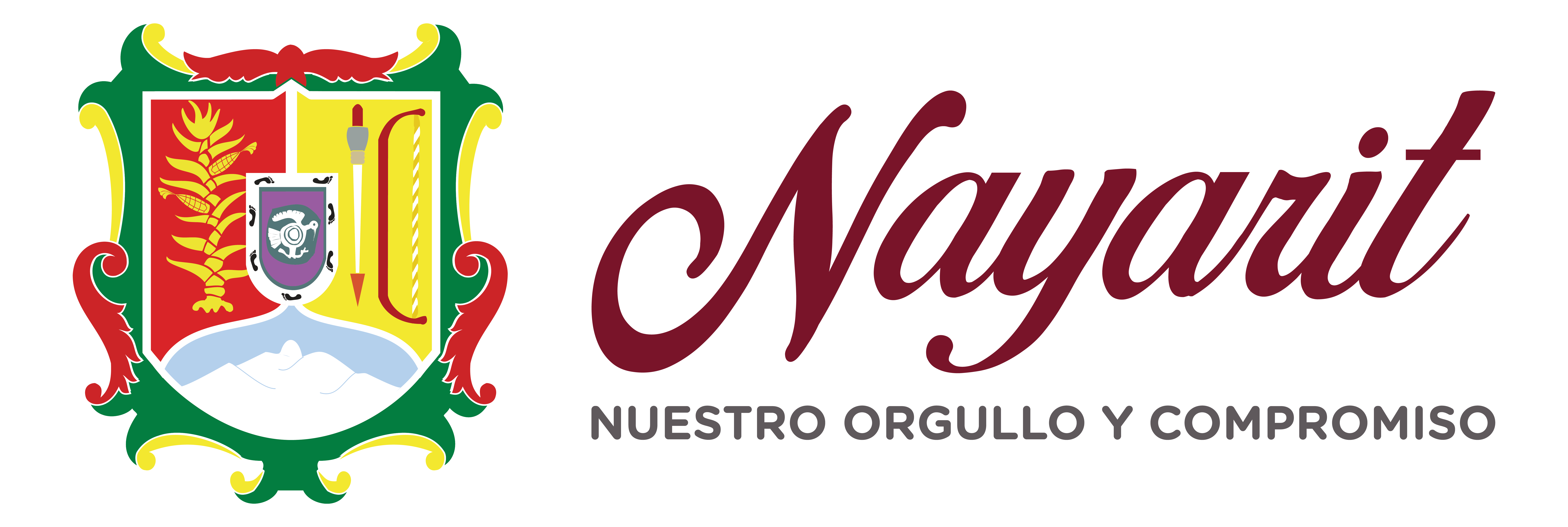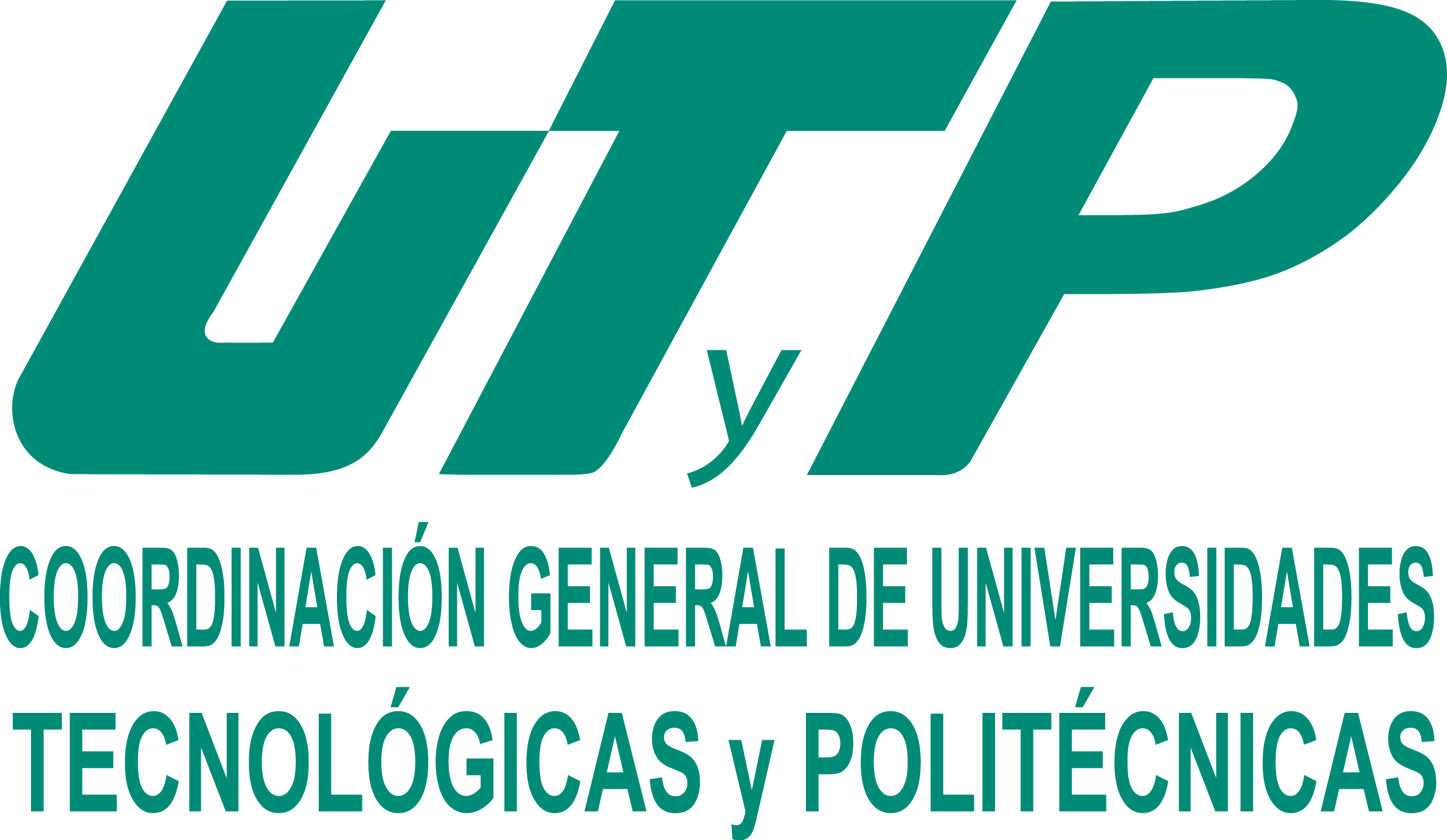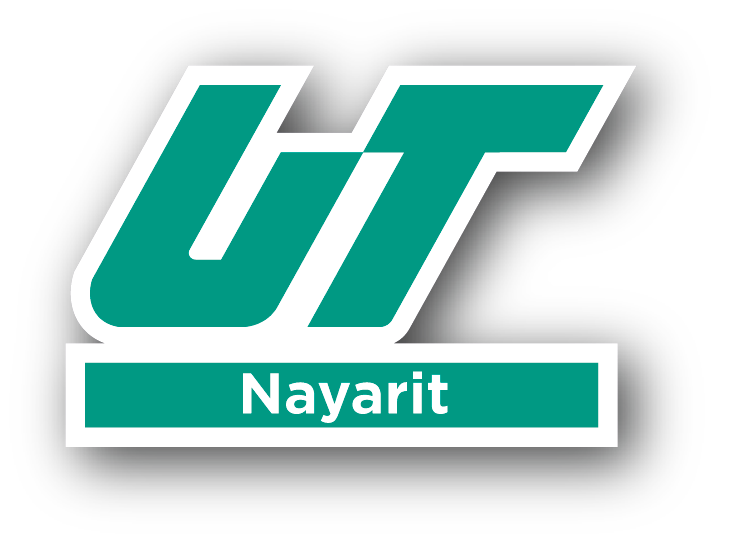Post Covid-19 Analysis of Online Learning in Students of the Universidad Tecnológica del Sureste de Veracruz
Keywords:
Online learning, Covid-19, SARS-CoV2, UTSVAbstract
The purpose of this empirical study was to identify the most important factors that intervened in the development of online classes during Covid-19 among students of the Universidad Tecnológica del Sureste de Veracruz (UTSV), reflflecting on the variables and considerations for future health emergencies. Using a quantitative approach, an online survey was applied to a sample of 773 students. When applying the analysis of variance
(ANOVA) it was found that the gender of the student significantly influences three of the variables analyzed, with females being the most affected. The effects of Covid-19 destabilized socioeconomic structures globally and higher education institutions (HEIs) were no exception. Those from privileged backgrounds were able to access alternative learning opportunities beyond the closed doors of schools. Those from disadvantaged backgrounds were often left out when schools closed. This crisis exposed the multiple deficiencies and inequality of our educational systems: from the broadband and digital needs required for online education, the environment needed to focus on learning, the poor coexistence between resources and needs. HEIs were forced to modify the mechanisms of pedagogy to those of online education, to ensure the fulfillment of educational programs.
Downloads
References
Altbach, P. G., & de Wit, H. (2020, March 25). El impacto del coronavirus en la educación superior – Distancia por tiempos. https://educacion.nexos.com.mx/el-impacto-del-coronavirus-en-la-educacion-superior/
Bakia, M., Shear, L., Toyama, Y., & Lasseter, A. (2012). Understanding the Implications of Online Learning for Educational Productivity. https://www.sri.com/publication/understanding-the-implications-of-onlinelearning-for-educational-productivity/
Banco Interamericano de Desarrollo. (2020). La educación superior en tiempos de COVID-19. Aportes de la segunda reunión del diálogo virtual con rectores de universidades líderes de América Latina. In BID. https://publications.iadb.org/publications/spanish/document/La-educacion-superior-en-tiempos-de-COVID-19-Aportes-de-la-Segunda-Reunion-del-Diálogo-Virtual-con-Rectores-de-Universidades-Lideresde-America-Latina.pdf
Benlloch, C., & Blois, E. A. (2020). Teletrabajo y conciliación: el estrés se ceba con las mujeres. https://theconversation.com/teletrabajo-y-conciliacion-el-estres-se-ceba-con-las-mujeres-137023
Carey, T., & Trick, D. (2013). How Online Learning Affects Productivity , Cost and Quality in Higher Education: An Environmental Scan and Review of the Literature. Higher Education Quality Council of Ontario.
Cronbach, L. J. (1951). Coeffificient alpha and the internal structure of tests. Psychometrika, 16(3), 297–334. https://doi.org/10.1007/BF02310555
Cuevas-Vargas, H. (2018). El impacto de la tecnología de equipo en las Pymes manufactureras mexicanas. Revista FACCEA, 8(1), 43–54. https://editorial.uniamazonia.edu.co/index.php/faccea/article/view/242
García-Peñalvo, F. J., Corell, A., Abella-García, V., & Grande, M. (2020). La evaluación online en la educación superior en tiempos de la COVID-19. Education in the Knowledge Society (EKS), 21. https://doi.org/10.14201/eks.23086
Hair, J. F., Black, W. C., Babin, B. J., & Anderson, R. E. (2014). Multivariate Data Analysis (Seventh). Pearson Education.
Hupkau, C., & Petrongolo, B. (2020). Work , care and gender during the Covid-19 crisis. In Centre for Economic Performance. http://eprints.lse.ac.uk/104674/
Nunnally, J. C., & Bernstein, I. H. (1994). Psychometric Theory (Third). McGraw-Hill.
Ortega-Ortigoza, D., Rodríguez-Rodríguez, J., & Mateos-Inchaurrondo, A. (2021). Educación superior y la COVID-19: adaptación metodológica y evaluación online en dos universidades de Barcelona. Revista Digital de Investigación En Docencia Universitaria, 15(1), e1275. https://doi.org/10.19083/10.19083/ridu.2021.1275
Robinson, J. P., Shaver, P. R., & Wrightsman, L. S. (1991). Criteria for Scale Selection and Evaluation. In J. P.
Robinson, P. R. Shaver, & L. S. Wrightsman (Eds.), Measures of Personality and Social Psychological Attitudes (First, pp. 1–16). Academic Press, Inc. https://doi.org/10.1016/B978-0-12-590241-0.50005-8
Sun, A., & Chen, X. (2016). Online education and its effective practice: A research review. Journal of Information
Technology Education: Research, 15, 157–190. https://doi.org/10.28945/3502
Downloads
Published
Issue
Section
License
Copyright (c) 2022 Ana Nelly Bautista Flores, Héctor Cuevas-Vargas, Carmen Amparo Méndez Santiago, Omar Martínez-Jiménez

This work is licensed under a Creative Commons Attribution-NonCommercial 4.0 International License.








